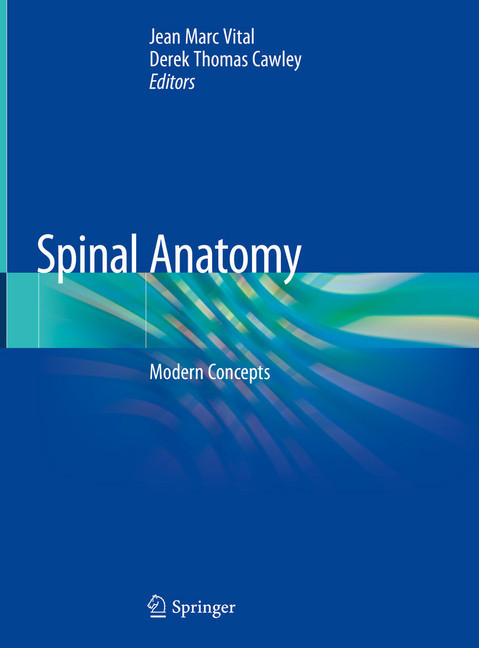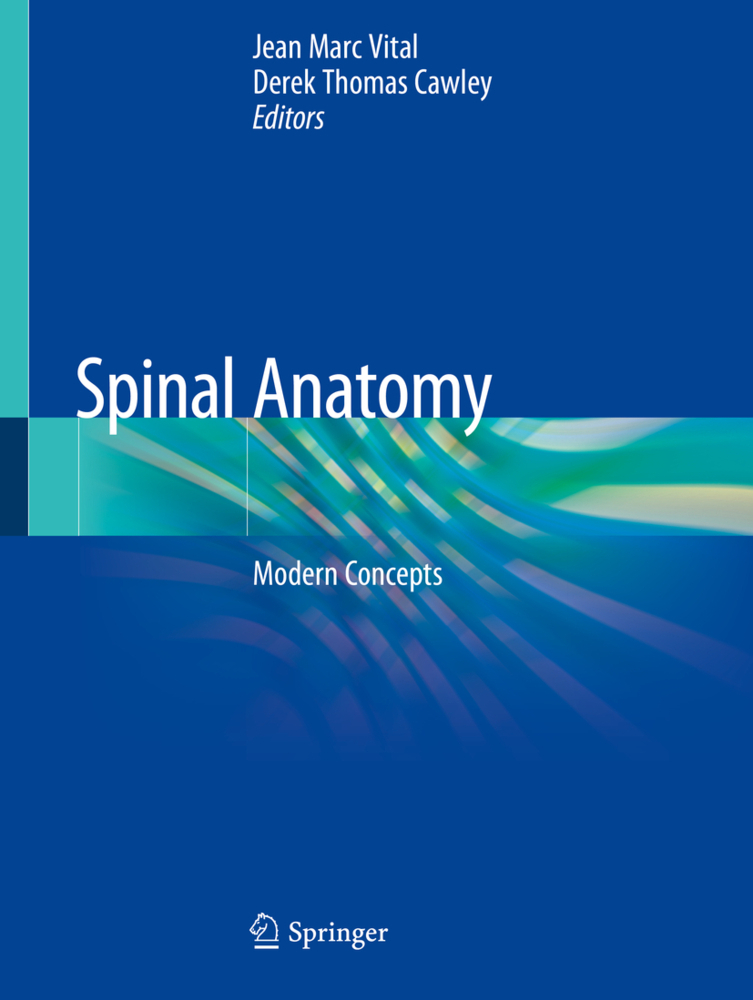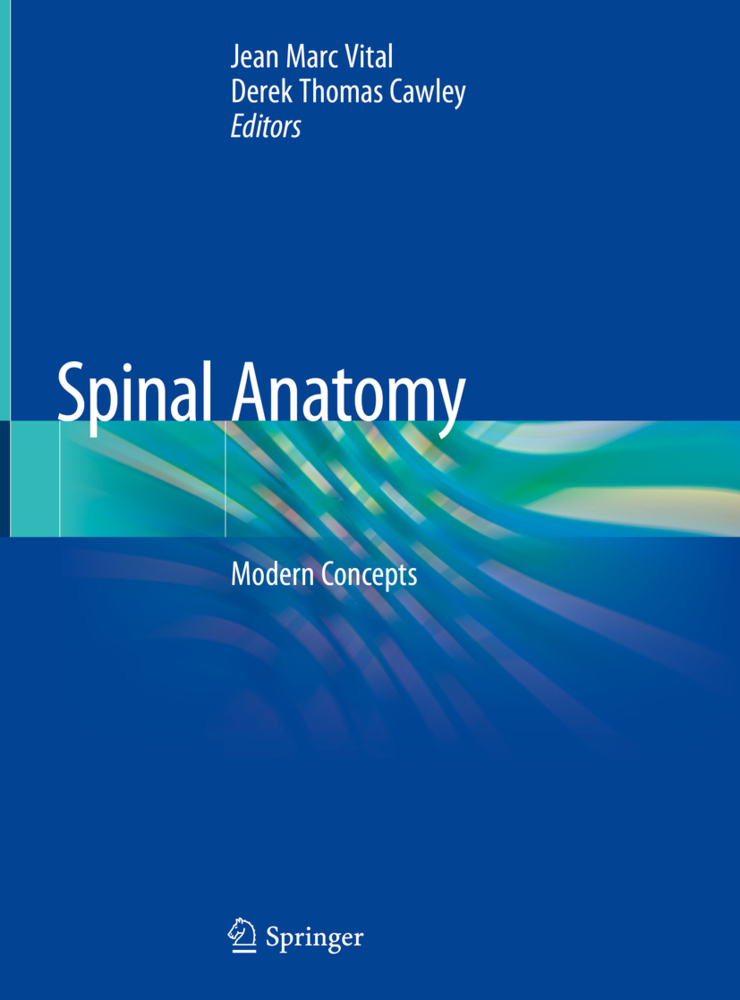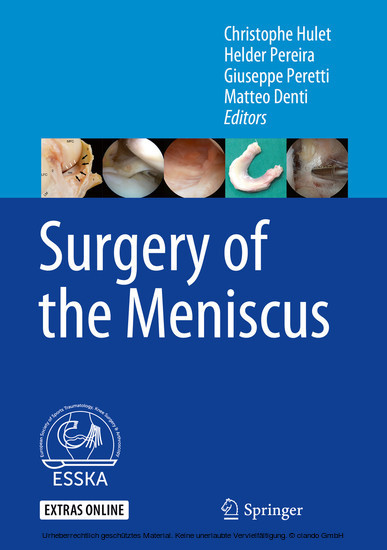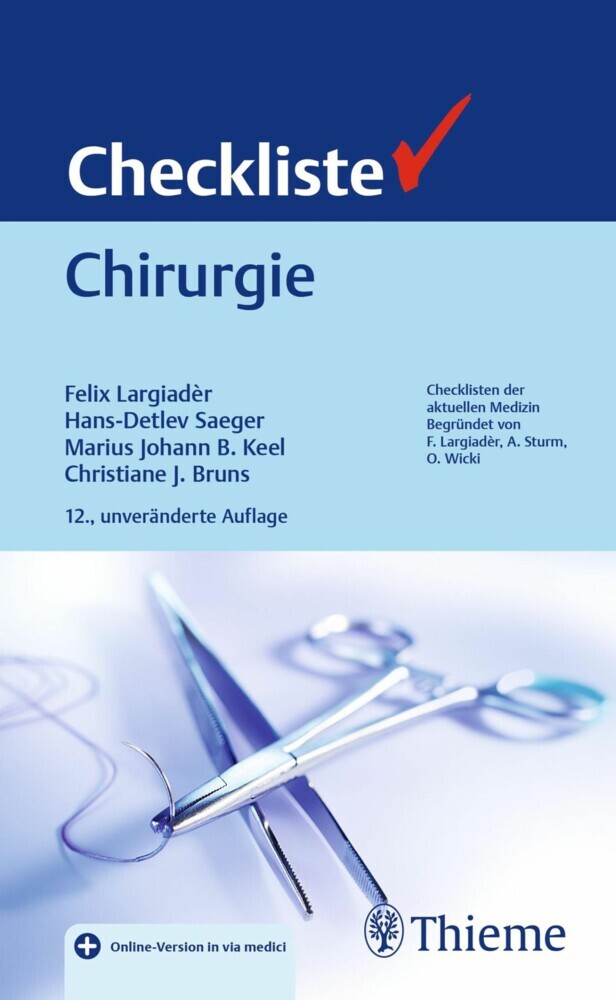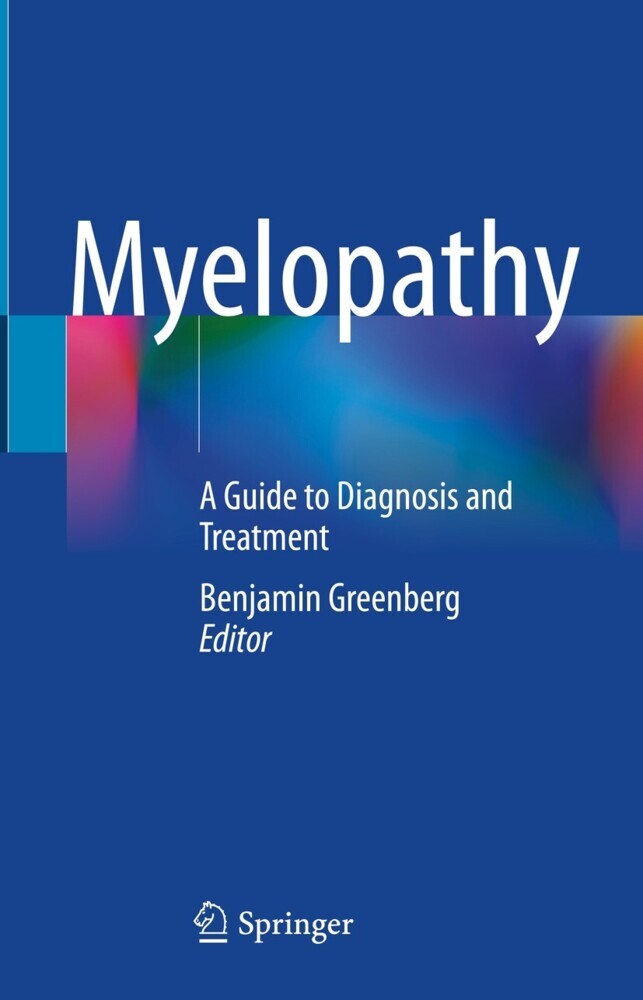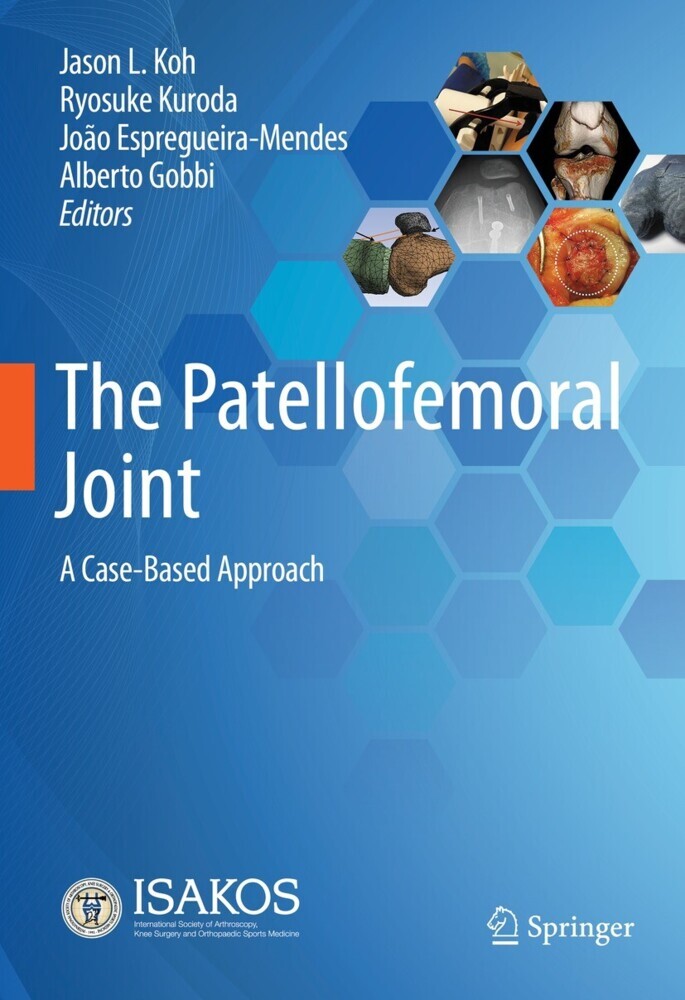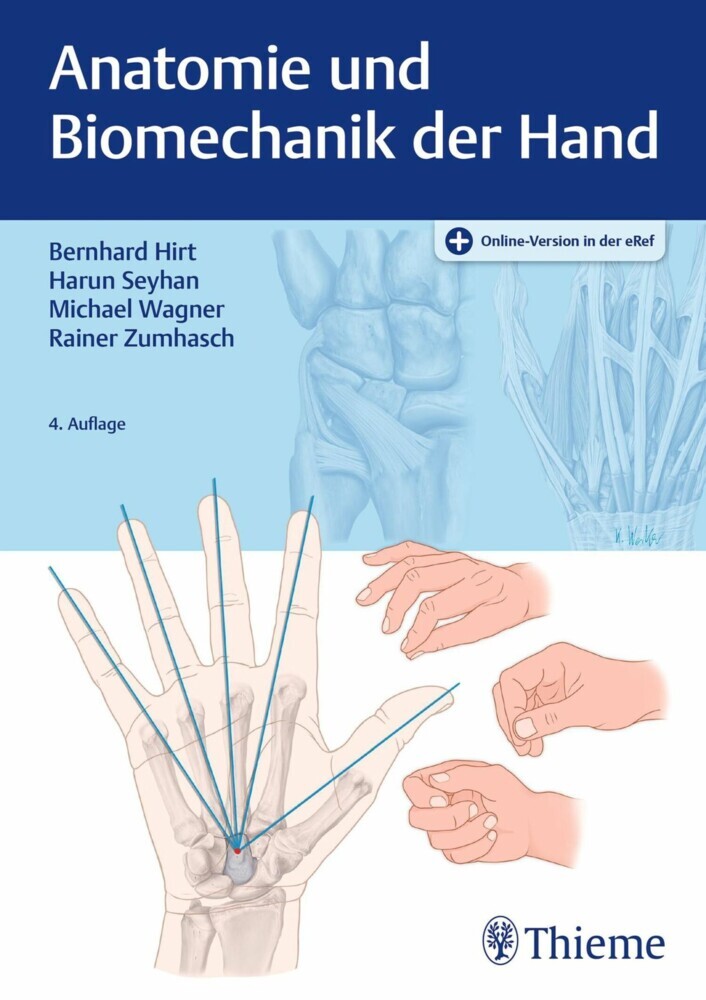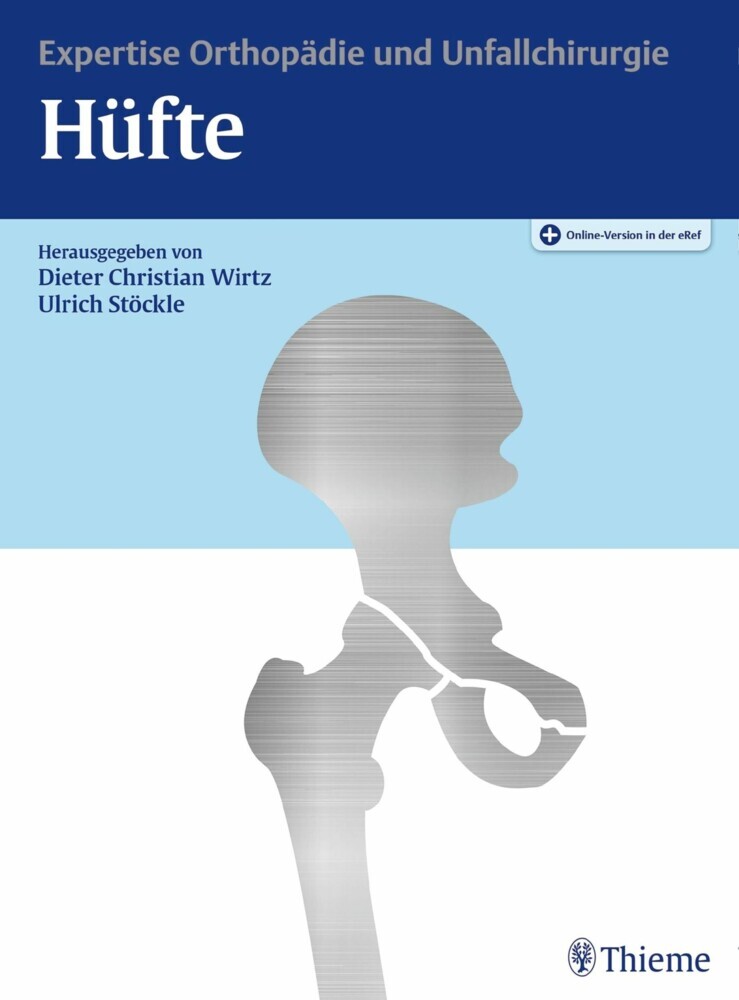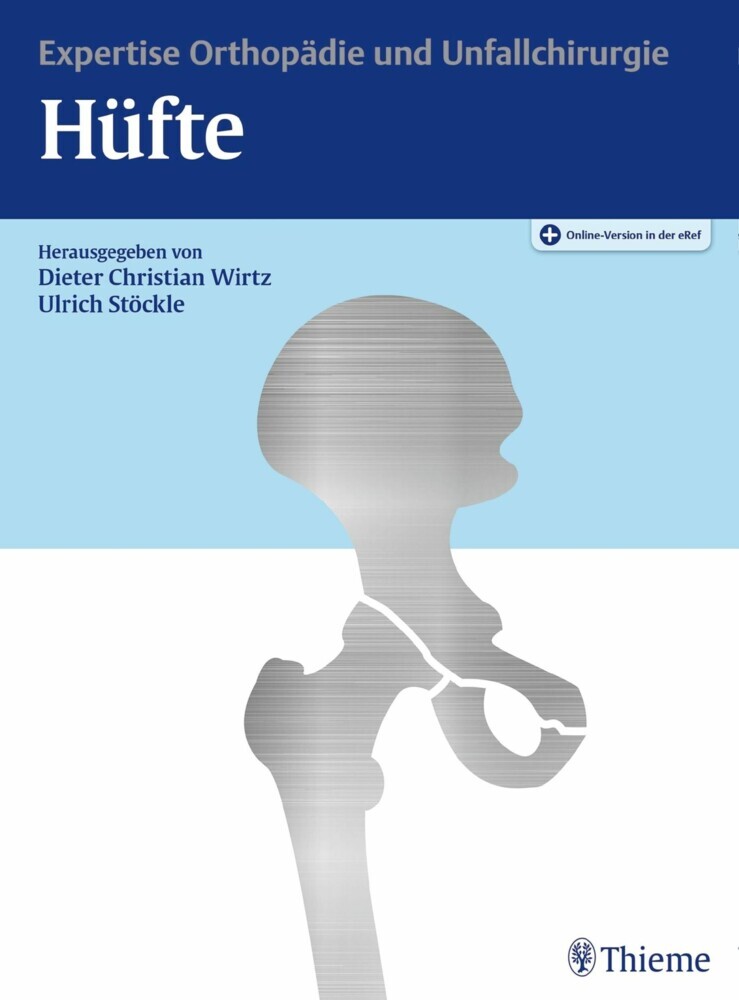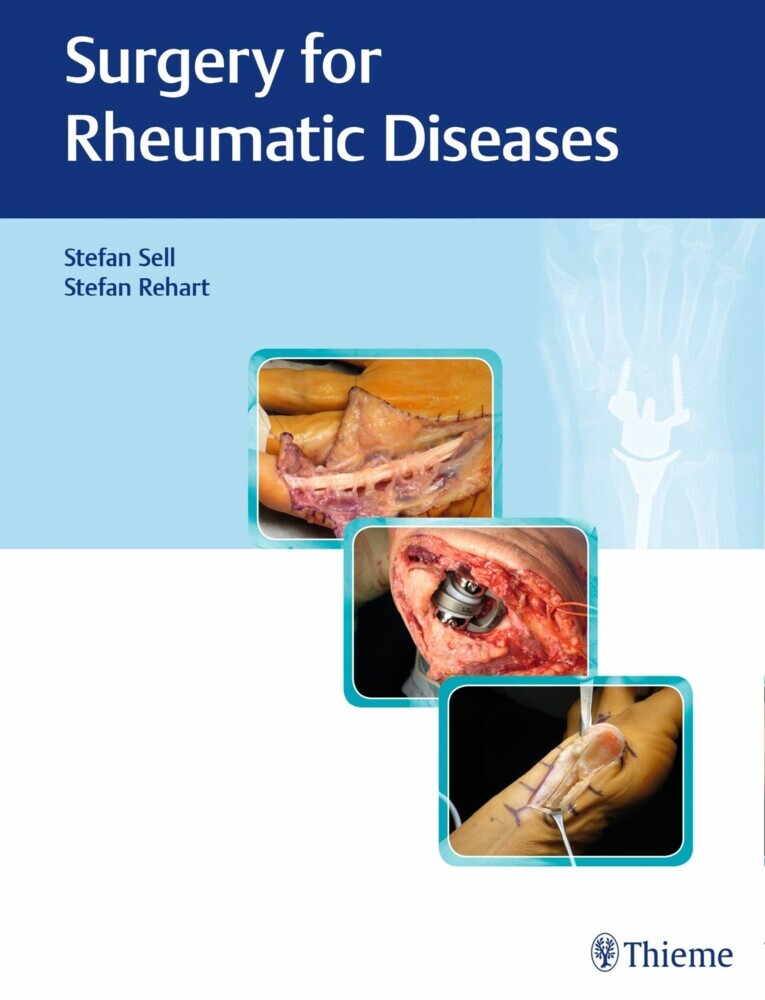Spinal Anatomy
Modern Concepts
Spinal Anatomy
Modern Concepts
This richly illustrated and comprehensive book covers a broad range of normal and pathologic conditions of the vertebral column, from its embryology to its development, its pathology, its dynamism and its degeneration. The dynamic anatomy of the living subject is viewed using the latest technologies, opening new perspectives to elucidate the pathology of the spine and improve spinal surgery. The respective chapters review in depth all sections of the vertebral column and offer new insights, e.g. the 3D study of vertebral movements using the 'EOS system,' which makes it possible to define an equilibrium of posture and its limits. New histological and chemical findings on the intervertebral disc, as well as detailed descriptions of the aponeuroses and fasciae, are also provided.
Bringing together the experience of several experts from the well-known French school, this book offers a valuable companion for skilled experts and postgraduate students in various fields: orthopedic surgery, neurosurgery, physiotherapy, rheumatology, musculoskeletal therapy, rehabilitation, and kinesiology.
Since 1989, Jean Marc Vital has been an Intern and University Professor of orthopedic and traumatology surgery at the University of Medicine of Bordeaux, as well as Head of the Department of Spinal Diseases and Director of the Anatomy Laboratory at the Paul Broca faculty. Upon completing his residency in Bordeaux in 1980, he received the Gold Medal Award of Surgery. Moreover, he earned an MD in human biology in the field of anatomy. In 1981 he was appointed Instructor of Anatomy and Organogenesis as well as Intern in Orthopedic Surgery and Traumatology. In the same year, he became Senior Registrar of the Department run by Prof. Jacques Senegas. He also earned the national specialized Diploma in Sports Medicine (CES).
As a spine surgeon, Dr. Vital has a special interest in spinal deformities (with particular emphasis on sagittal balance) and in cervical spine surgery (cervical prostheses and myelopathy). He has been a member of several outstanding societies such as the French Medical College of Anatomy since 1989, and the European Cervical Spine Research Society since 2003. He also serves on the editorial boards of the European Spine Journal, The Spine, and The French Journal of Orthopedic and Traumatology Surgery.
Dr. Derek Thomas Cawley is a Spinal Fellow at Bordeaux University Hospital. Having completed his training as an orthopedic surgeon in the Republic of Ireland, he is the author of several publications on orthopedic and spinal research topics. He has received numerous international awards as an orthopedic trainee including an RCSI/Ethicon bursary, BOA/Zimmer Biomet travelling fellowship, SOFCOT/ARMO foreign graduate award and the Mark Paterson/EFORT travelling fellowship.
Bringing together the experience of several experts from the well-known French school, this book offers a valuable companion for skilled experts and postgraduate students in various fields: orthopedic surgery, neurosurgery, physiotherapy, rheumatology, musculoskeletal therapy, rehabilitation, and kinesiology.
Since 1989, Jean Marc Vital has been an Intern and University Professor of orthopedic and traumatology surgery at the University of Medicine of Bordeaux, as well as Head of the Department of Spinal Diseases and Director of the Anatomy Laboratory at the Paul Broca faculty. Upon completing his residency in Bordeaux in 1980, he received the Gold Medal Award of Surgery. Moreover, he earned an MD in human biology in the field of anatomy. In 1981 he was appointed Instructor of Anatomy and Organogenesis as well as Intern in Orthopedic Surgery and Traumatology. In the same year, he became Senior Registrar of the Department run by Prof. Jacques Senegas. He also earned the national specialized Diploma in Sports Medicine (CES).
As a spine surgeon, Dr. Vital has a special interest in spinal deformities (with particular emphasis on sagittal balance) and in cervical spine surgery (cervical prostheses and myelopathy). He has been a member of several outstanding societies such as the French Medical College of Anatomy since 1989, and the European Cervical Spine Research Society since 2003. He also serves on the editorial boards of the European Spine Journal, The Spine, and The French Journal of Orthopedic and Traumatology Surgery.
Dr. Derek Thomas Cawley is a Spinal Fellow at Bordeaux University Hospital. Having completed his training as an orthopedic surgeon in the Republic of Ireland, he is the author of several publications on orthopedic and spinal research topics. He has received numerous international awards as an orthopedic trainee including an RCSI/Ethicon bursary, BOA/Zimmer Biomet travelling fellowship, SOFCOT/ARMO foreign graduate award and the Mark Paterson/EFORT travelling fellowship.
1;Foreword;5 2;Preface;6 3;Contents;7 4;Part I: Phylogenesis and Ontogenesis;9 4.1;Comparative Anatomy of the Axial Skeleton of Vertebrates;10 4.1.1;Introduction;10 4.1.2;The Organization Plan for the Vertebrates;10 4.1.3;Adaptive Constraints of the Living Environment;11 4.1.3.1;Constraints of the Aquatic Environment;11 4.1.3.2;Constraints of the Terrestrial Air Environment;11 4.1.4;Fish;11 4.1.5;Terrestrial Vertebrates;12 4.1.5.1;Amphibians (About 7000 Species);13 4.1.5.2;Reptiles (Approximately 8950 Species);14 4.1.5.3;The Cervical Spine;15 4.1.5.4;Birds (Approximately 10,000 Species);16 4.1.5.5;Mammals (About 5500 Species);16 4.1.5.6;The Cervical Spine;17 4.1.5.7;Structure;17 4.1.5.8;Movements;18 4.1.5.9;The Craniovertebral Musculature;19 4.1.5.10;Postures;20 4.1.5.11;Thoracic Spine and Lumbosacral;21 4.1.5.12;Structures;21 4.1.5.13;Musculature;22 4.1.5.14;Postures;22 4.1.6;References;25 4.2;Embryology of the Vertebral Column;26 4.2.1;Genetic and Biochemical Considerations;26 4.2.2;Embryology of the Vertebromedullary Axis;27 4.2.2.1;Early Development;27 4.2.2.2;Trilaminar Embryo;28 4.2.2.3;The Notochord;29 4.2.2.4;Primary Neurulation;29 4.2.2.5;Secondary Neurulation;29 4.2.2.6;Formation and Differentiation of Somites;29 4.2.3;References;30 4.3;The Growing Spine;32 4.3.1;A Mosaic of Growth Cartilage;32 4.3.2;Vertebral Growth Is Growth by Endochondral Ossification;32 4.3.3;Embryology Holds First Truths;32 4.3.4;The Fetal Period: The Strongest of All Growth Is the Intra-Uterine Period;33 4.3.5;Vertebral Curves Are Not Primitive But Acquired;34 4.3.6;At Birth, 30% of the Spine Is Ossified;34 4.3.7;The First Five Years of Life Are Decisive: Living Growth;34 4.3.8;Growth Between 5 Years and the Beginning of the Puberty;37 4.3.9;Puberty, a Decisive Turn: New Acceleration;37 4.3.10;Each Level of the Spine: A Different Growth;37 4.3.11;The Cervical Spine;37 4.3.11.1;Central Spinal Canal at the End of Growth;37 4.3.11.2;Cervical Spine Height;38 4.3.11.3;The Superior Cervical Spine;38 4.3.11.4;The Growth of the Atlas (Figs. 27, 28, and 29);38 4.3.11.5;The Growth of the Axis Is Even More Complex;40 4.3.11.6;The Lower Cervical Spine;40 4.3.11.7;The T1-S1 Segment (Figs. 31a, b, 32, and 33);41 4.3.11.8;The Thoracic Spine T1-T12 (Figs. 34 and 35);41 4.3.11.9;The Lumbar Spine L1-L5 (Figs. 36 and 37);42 4.3.11.10;The Sacrum;42 4.3.11.11;The Intervertebral Disc;44 4.3.12;The Growth of the Thorax: 4th Dimension of the Spine;44 4.3.12.1;Bodyweight;47 4.3.12.2;Parasol Effect;50 4.3.13;What Size Deficit for Which Arthrodesis?;51 4.3.13.1;First Scenario: Arthrodesis of the Thoracic Spine;51 4.3.13.2;Second Scenario: Arthrodesis of the Lumbar Spine;53 4.3.14;All Scoliosis Will in Time Become Identified as a Growth Cartilage Disease;54 4.3.15;The Growth of the Spine: From Normal to Pathological;54 4.3.16;Managing Infantile Scoliosis Is Controlling the Vilebrequin Effect;55 4.3.17;Suggested Readings;58 4.4;The Growth Cartilages of the Spine and Pelvic Vertebra;60 4.4.1;Neurocentral Cartilage (NCC);60 4.4.2;The Ring Apophysis;68 4.4.3;Ossification of the Pelvic Vertebra;73 4.4.3.1;Bone Age During Puberty;75 4.4.4;References;81 4.5;Morphologic and Functional Evolution of the Aging Spine;82 4.5.1;Age-Related Structural Alterations;82 4.5.1.1;The Intervertebral Disc;82 4.5.1.1.1;Structural Modifications;82 4.5.1.1.2;A Fragile Avascular Tissue;83 4.5.1.1.3;A Genetic Predisposition?;83 4.5.1.1.4;Genesis and Contributions to Aging on Histomorphological Features;83 4.5.1.2;Aggravating Factors;85 4.5.1.2.1;Mechanical Factors;85 4.5.1.2.2;Inflammatory Factors;86 4.5.1.2.3;Vascular Factors;86 4.5.1.3;Specific Features in the Cervical Spine;88 4.5.1.4;Lumbar and Cervical Tandem Lesions;88 4.5.1.5;The Posterior Arch;89 4.5.1.5.1;Facet Joints or Zygapophyseal Joints;89 4.5.1.5.2;Spinous Processes;91 4.5.1.5.3;Ligaments;91 4.5.1.5.4;Muscles;92 4.5.1.5.5;Bone;94 4.5.1.5.6;Aging and Neurological Control of Posture;96 4.5.1.5.7;Proprioception;96 4.5.1.5.8;Vision and V
Vital, Jean Marc
Cawley, Derek Thomas
| ISBN | 9783030209254 |
|---|---|
| Artikelnummer | 9783030209254 |
| Medientyp | E-Book - PDF |
| Copyrightjahr | 2019 |
| Verlag | Springer-Verlag |
| Umfang | 507 Seiten |
| Sprache | Englisch |
| Kopierschutz | Digitales Wasserzeichen |

